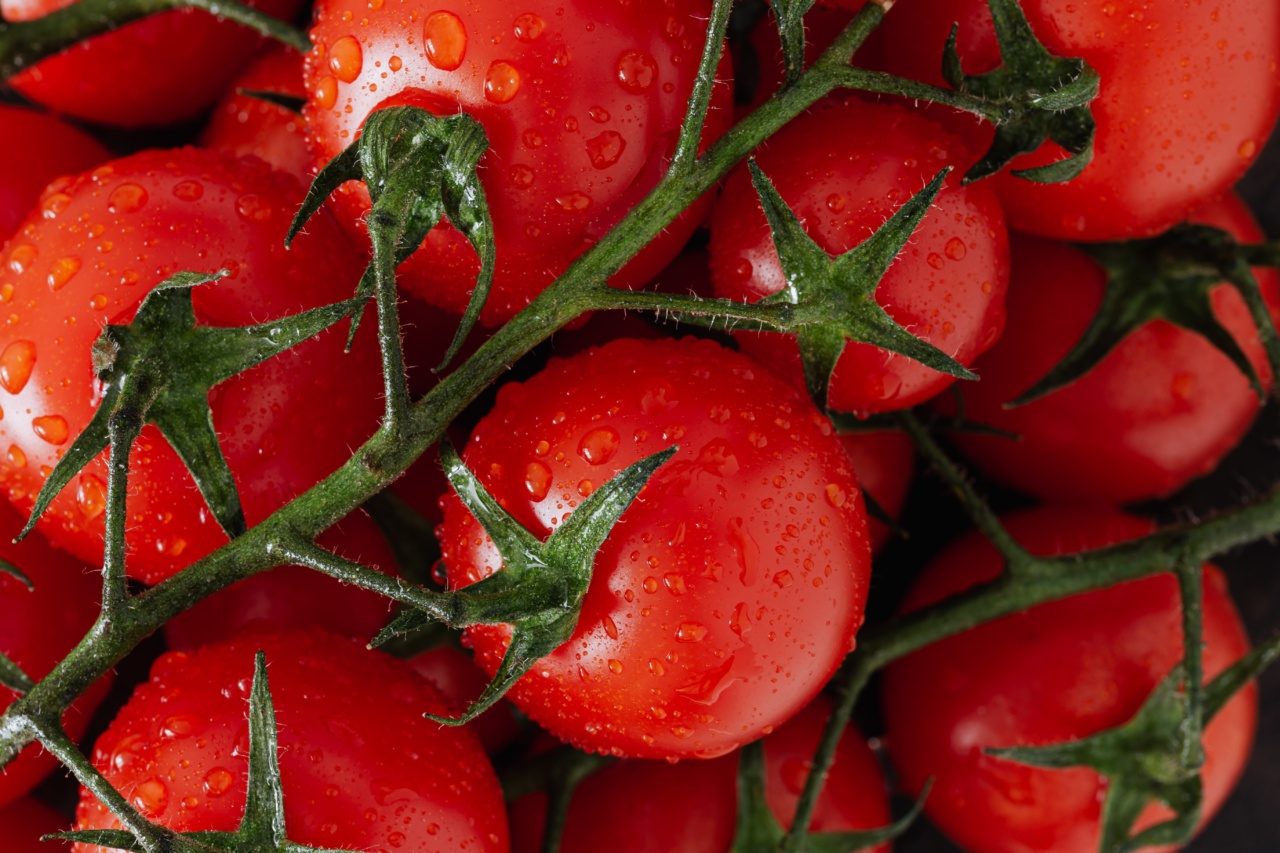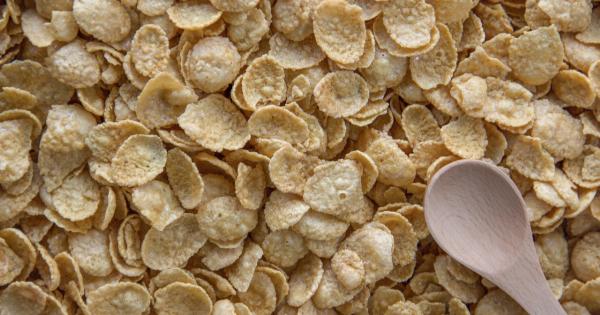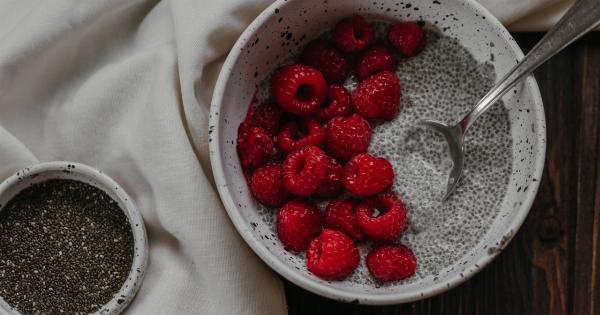Eating healthy can be a challenge, especially considering the number of options we have today. With so many different diet trends and fads, it can be hard to know what really constitutes a healthy diet.
However, there are some basic principles that most authorities agree on when it comes to wholesome eating, including consuming less salt and more fiber. This article will explore these recommendations in further detail, providing tips and advice for incorporating them into your diet.
Why Lower Salt?
Salt has long been a popular seasoning and preservative for food. However, our modern diets are often high in salt, which can be damaging to our health.
Consuming too much salt can have a number of negative effects on our bodies, including raising our blood pressure and increasing our risk of heart disease. In fact, the World Health Organization recommends that we consume no more than 5 grams of salt per day, yet in some countries, people consume twice that amount.
One of the main sources of salt in our diet is processed foods. Foods like chips, crackers, and frozen dinners can be loaded with salt, often in amounts that we would never add if we were cooking from scratch.
Foods like bread and cheese can also be high in salt. Therefore, one way to reduce your salt intake is to eat fewer processed foods and to look for low-salt or no-salt versions of the foods you do buy. When cooking at home, try using herbs and spices instead of salt to add flavor to your meals.
Why Boost Fiber?
Fiber is an essential part of a healthy diet, yet most of us don’t get enough of it.
Fiber helps regulate our digestive system, keeps us feeling full and satisfied, and can lower our risk of certain diseases, including heart disease, diabetes, and some types of cancer. Additionally, because fiber takes longer to digest, it can help regulate our blood sugar levels and prevent spikes and crashes.
Most health authorities recommend that we consume around 25-30 grams of fiber per day, yet the average person only gets around half of that amount. To boost your fiber intake, focus on foods like fruits, vegetables, whole grains, and legumes.
These foods tend to be high in fiber, as well as other important nutrients like vitamins and minerals. If you’re not used to eating a lot of fiber, it’s important to increase your intake gradually, as a sudden increase can cause digestive discomfort.
Tips for Incorporating Lower Salt and More Fiber into Your Diet
Here are some tips and strategies for lowering your salt intake and increasing your fiber intake:.
1. Read Labels
When shopping for food, be sure to read the labels carefully. Pay attention to the sodium content of the foods you’re buying, and look for products that are low in salt.
Similarly, look for foods that are high in fiber and that contain whole grains or legumes.
2. Cook from Scratch
When possible, try to cook from scratch instead of relying on pre-packaged foods. This way, you can control exactly what goes into your meals and can be sure that you’re not consuming excessive amounts of salt or other additives.
3. Use Herbs and Spices
As mentioned earlier, herbs and spices can be a great way to add flavor to your meals without relying on salt. Experiment with different herbs and spices to find flavors that you love.
4. Snack on Fruits and Vegetables
If you’re looking for a healthy snack, try reaching for a piece of fruit or some raw vegetables. These snacks are naturally high in fiber and are a great way to satisfy your hunger between meals.
5. Swap out White Bread for Whole Grain Bread
White bread is usually low in fiber and high in salt. Switching to whole grain bread can help boost your fiber intake and reduce your salt consumption.
6. Choose Lean Proteins
Protein is an important part of a healthy diet, but many protein sources, such as processed meats and cheese, can be high in salt. Choose lean protein sources, such as chicken, fish, and legumes, which are lower in sodium and higher in fiber.
7. Be Mindful When Eating Out
When eating out, it can be harder to control the salt and fiber content of your meals. However, many restaurants now offer healthier options or have special menus for those with dietary restrictions.
Be sure to ask your server for recommendations and look for options that are high in fiber and low in salt.
8. Hydrate with Water
Drinking enough water is an important part of a healthy diet. Not only does water help keep us hydrated, but it can also help flush out excess salt from our bodies. Aim to drink around 8-10 glasses of water per day.
Conclusion
Lowering your salt intake and boosting your fiber intake are both important steps in creating a healthy diet.
By focusing on whole, unprocessed foods and using herbs and spices to add flavor, you can reduce your salt consumption without sacrificing taste. Similarly, by incorporating fruits, vegetables, whole grains, and legumes into your meals, you can increase your fiber intake and promote good digestive health.
With a little planning and effort, you can create a delicious and nutritious diet that supports your overall well-being.






























